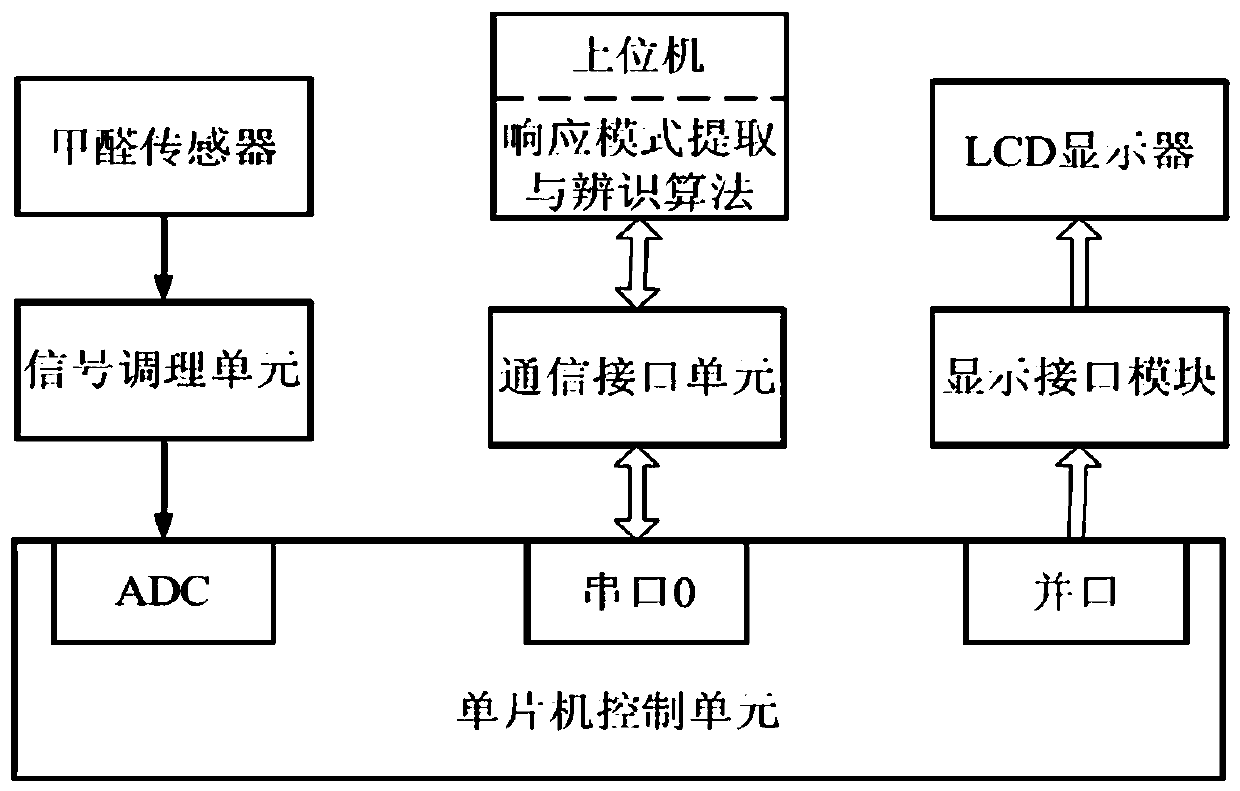Textile formaldehyde detection system
A technology for detection systems and textiles, applied in the field of detection systems, can solve problems affecting the accuracy of gaseous formaldehyde content, wrong detection results, etc., and achieve the effects of improving generalization performance, good selectivity, and improving detection sensitivity
- Summary
- Abstract
- Description
- Claims
- Application Information
AI Technical Summary
Problems solved by technology
Method used
Image
Examples
Embodiment Construction
[0020] The gaseous sample of volatile formaldehyde from textiles is too sparse to fit the response characteristics of the detector. It is necessary to appropriately increase the modeling samples of the system response through the data interpolation algorithm, especially for intervals with low measurement values and large measurement errors to interpolate enough sample values to establish an accurate system response model. Under the assumption that the actual concentration value of the measured gaseous formaldehyde is linearly related to the predicted concentration value, the system uses the autoregressive AR model to interpolate the unmeasured data. That is, AR modeling is first performed on the measurement data given by the detector, and the problem of solving the AR model is transformed into the problem of solving the coefficients of the linear combination of measurement data. Then apply the detected data to determine the estimated value of the autocovariance function of...
PUM
 Login to View More
Login to View More Abstract
Description
Claims
Application Information
 Login to View More
Login to View More - R&D
- Intellectual Property
- Life Sciences
- Materials
- Tech Scout
- Unparalleled Data Quality
- Higher Quality Content
- 60% Fewer Hallucinations
Browse by: Latest US Patents, China's latest patents, Technical Efficacy Thesaurus, Application Domain, Technology Topic, Popular Technical Reports.
© 2025 PatSnap. All rights reserved.Legal|Privacy policy|Modern Slavery Act Transparency Statement|Sitemap|About US| Contact US: help@patsnap.com



